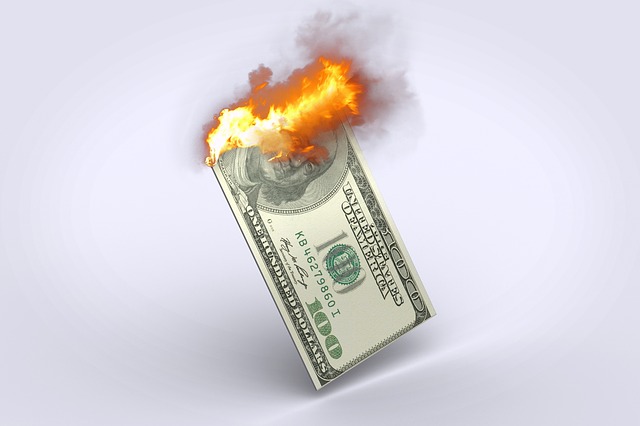The Basics of Volleyball
If you’re looking to dive into the exciting world of volleyball, understanding the basics is key to getting started. From the rules of the game to the fundamental techniques, having a solid foundation will set you up for success on the court.
In this article, we’ll break down everything you need to know to excel in volleyball. Whether you’re a beginner looking to learn the ropes or a seasoned player wanting to brush up on your skills, we’ve got you covered.
Get ready to explore the key positions on the court, master the essential techniques, and discover strategies to take your game to the next level. So, grab your knee pads, lace up your shoes, and get ready to bump, set, and spike your way to victory in the world of volleyball!
Rules of the Game
As you play volleyball, you’ll need to follow specific rules to ensure fair and competitive gameplay.
The game is typically played between two teams, with each team allowed up to six players on the court at a time.
The objective is to score points by sending the ball over the net and into the opposing team’s court.
Players must adhere to rules such as not touching the net during play, not hitting the ball illegally (carrying or lifting), and not stepping over the center line.
Additionally, players are allowed a limited number of touches before sending the ball back over the net.
Understanding and following these rules is essential for a successful and enjoyable volleyball match.
Key Positions on the Court
Imagine yourself on the court, knowing the key positions like the back of your hand, ready to dominate the game.
In volleyball, there are six key positions on the court that players need to be familiar with. The setter is like the quarterback of the team, responsible for setting up the perfect play for their hitters.
The outside hitter is usually the primary attacker, hitting from the left side of the court. The opposite hitter is the right-side attacker, while the middle blocker is crucial for both offense and defense at the net.
The libero is the defensive specialist, wearing a different jersey color and focusing on passing and digging. Lastly, the defensive specialist is a versatile player who can substitute for any position on the court.
Mastering these key positions will help you excel in the game of volleyball.
Fundamental Techniques
Picture yourself perfecting the essential skills needed to dominate the game on the court. To excel in volleyball, mastering fundamental techniques is crucial.
One of the most important skills to develop is passing, also known as bumping. This involves using your forearms to control and direct the ball to your setter.
Another key skill is serving, where you aim to send the ball over the net with power and accuracy.
Additionally, mastering the art of setting is essential for creating scoring opportunities for your team. This involves using your fingertips to accurately place the ball for your hitters.
Lastly, spiking, or attacking, is a fundamental skill that requires timing, power, and precision to effectively score points for your team.
Keep practicing these techniques to elevate your game to the next level.
Strategies for Success
Developing a strong game plan and implementing strategic tactics are essential for achieving success on the volleyball court. One key strategy is communication – make sure to talk to your teammates, call out plays, and provide support to each other.
Another important aspect is to be aware of your opponent’s weaknesses and adjust your gameplay accordingly. Utilize quick sets, strong serves, and effective blocks to keep your opponents on their toes.
Remember to stay focused, anticipate the next move, and always be ready to react swiftly. By working together as a team, staying adaptable, and staying one step ahead of the competition, you can increase your chances of achieving victory on the volleyball court.
Tips for Improving Your Game
Enhancing your skills and performance on the court can be achieved through consistent practice and dedication.
To improve your game, focus on developing your fundamentals such as passing, serving, and hitting. Work on your footwork to improve your agility and ability to move quickly around the court.
Practice your communication skills with your teammates to ensure better coordination during games. Additionally, watch videos of professional players to learn new techniques and strategies that you can incorporate into your own game.
Remember to stay positive and motivated, as progress takes time and effort. By consistently working on these aspects of your game, you’ll see improvements in your overall performance on the volleyball court.
Conclusion
So there you have it – the basics of volleyball!
Remember to always stay on top of the rules, know your position on the court, and practice those fundamental techniques.
By implementing strategies for success and constantly working on improving your game, you’ll become a stronger player.
Keep pushing yourself and never stop striving for greatness on the volleyball court.
Good luck and have fun out there!





